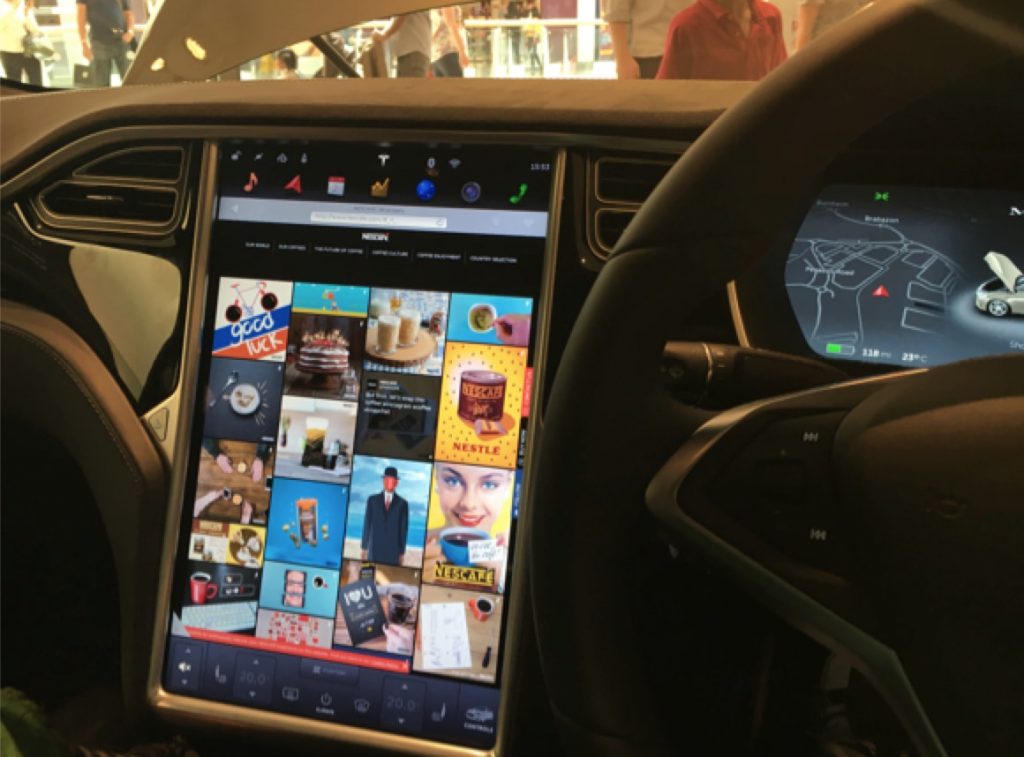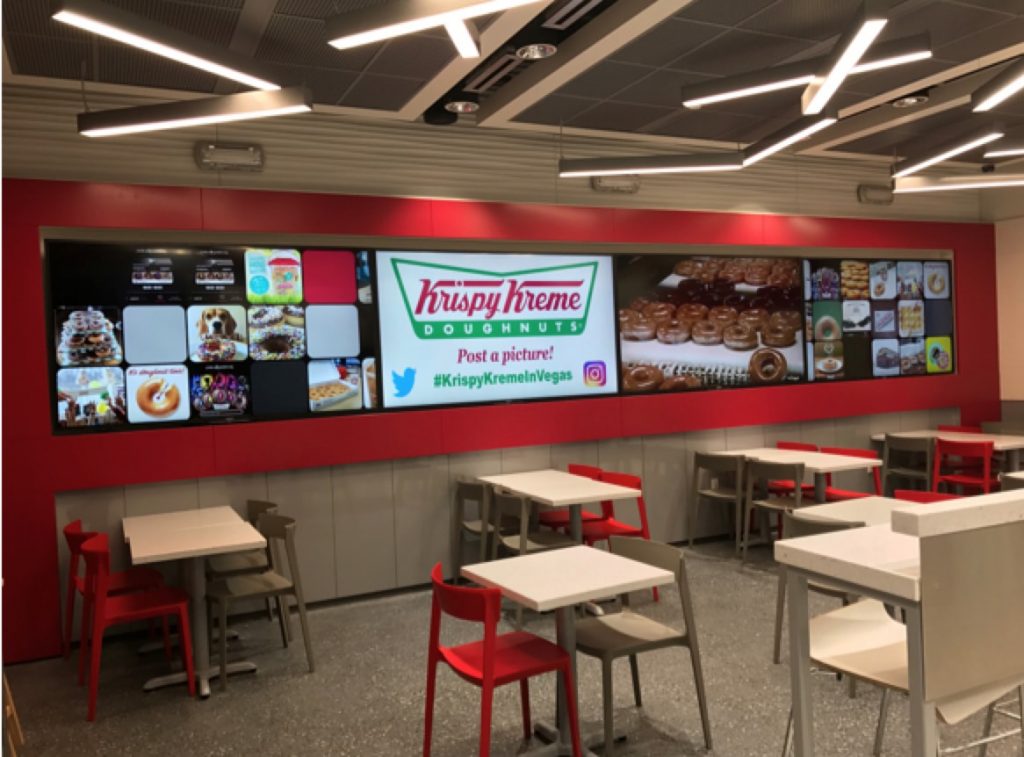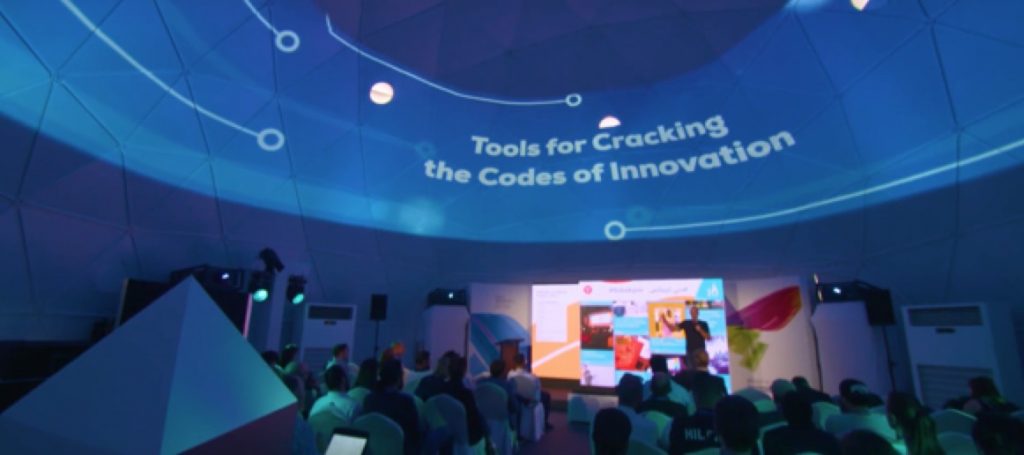Following from the shocking, but maybe not so surprising results from Edelman’s 2017 Trust Barometer stating that trust across almost every vertical in the world is at an “all-time low,” this blog goes through how the world’s most innovative brands monetize this as a great opportunity to grow.
According to Nielsen, “92% of people will believe peer reviews or even recommendations from people they have never met, over what a brand would say.”
Transparency, ethics, and authenticity are things that are not only good for products and services, but for changing the society around us.
What better opportunity for brands to move past a “made-up view” of themselves and push their communications from being driven by them to being driven by their communities. Let’s face it, according to all the data on UGC outperforming any other marketing channel, your communities—not you—are in control.

What does this mean for the world’s marketers?
For the world’s communicators, this is a huge opportunity—reputation has never needed to be so genuine and transparent. In some ways, this is a “call-to-arms” for agencies and in-house brand teams to change things for the better. People have had their voice, and they mean to change the world.

What controls do I have for “consumer to consumer” marketing?
People are talking about your brand whether you like it or not. We often speak with clients about their projects.
Client: “We did this Twitter project last year.”
TINT: “Do you mind if we put your hashtag into Instagram to check the results there too?”
Client: “Oh no, we don’t use Instagram, the project was only on Twitter. We don’t even have an Instagram account.”
TINT: “Let me check this anyway…” (suddenly 2000+ posts appear)
The lesson here is that any subject is being discussed about a brand and happening anyway, and there is nothing brands can do about it. All this is happening on channels your brand might not even subscribe to. Consumers are totally in control of your engagement, so it’s always best to surface the most valuable content you have—content that’s created by your audiences.
Creative agencies will make up a story and creative, hoping that people will connect and like the ad, but there are no guarantees. They might hate it. It might flop. It’s total guesswork. A data-driven project will lower your risk a bit, but there are still no guarantees. Collecting and publishing content from your communities that definitely love your brand is the world’s most effective way to connect and grow.

What’s next for global communications? How can we get trust back?
Sounds simple, but you only acquire trust by being honest in all that you do. It’s very easy and will make your brand shine in ways you may have been shy of in the past—telling consumers what went wrong, why things did not work seems crazy, but no brand is perfect. No marketing is perfect. An honest creative will always perform better, so why make things up? Look at factual stories and strategies, not fictional ones.
The Earned Media Economy
At TINT we often talk about “The Earned Media Economy”—it’s a term we put together to explain the new world of consumer-led communications. Some of the largest group brand organizations have made a firm and long-term commitment to UGC and putting their customers at the center of their communications. This is not just about giving people what they want or creating a framework to collect new content on a regular basis. It’s about being true, trustworthy, and surfacing narrative that other people will believe more than anything the brand could say.

The future creative directors will act more like curators
If advertisements are 100% created by UGC from people who love a brand’s product or service, then the only real choice for the future creative directors is, “What do I want my UGC to look like? Will I use interactive live content that can dynamically change with triggers like time, interaction volumes, weather, locations, and special days in the month?”
How to I monetize distrust?
Top Tips:
- Have a firm omni-channel UGC framework. UGC works on every channel you use, so use it.
- Use your UGC to deliver real-time creative across all your digital touch points.
- If you create a hashtag campaign, make sure your “intent” is clear.
- Don’t fall into the common hole of adding a hashtag to your advertisement without a clear “call to action”—collecting UGC is not enough. Ask why you collected UGC via a hashtag. How does this fit into the buying cycle? How does this fit your brand’s customer journey?
- Look to build creative that allows your community to become the center of the messaging. They are in control of your brand.
- A & B test new channels you may not have thought about for UGC, such as UGC review sites, UGC SMS, UGC in email or retail experiences.
- Curate a true picture of your audience and that’s not always your best posts and reviews. Be honest. People love to see that your organization is not hiding behind your logo and have real people with real experiences behind the wheel.
- Ditch any communications that do not place your audience at the center. It’s a waste of time and money.
- UGC is perfect for topical events or partner activity as you can pull content in from both brands and feed off each other’s engagement.
- Create live interactive content experiences.
- Look for “native ad” partners. We all know that 30% of all served ads like “Google Ad choices” will be blocked this year, and almost 70% by 2020. Reach out to your publishing partners. Ask what UGC native solutions they have to offer
- Think about interactive. Out of home advertising (SOOH, social out of home) is a huge growing sector because they are often deployed in highly visible and high dwell-time areas, which is perfect for interactive UGC marketing.
If you have any questions on omni-channel UGC and how TINT users are monetizing UGC to turn the tide of trust, then drop us a line. We would be happy to provide some case studies on our work across the world #TINTlove




